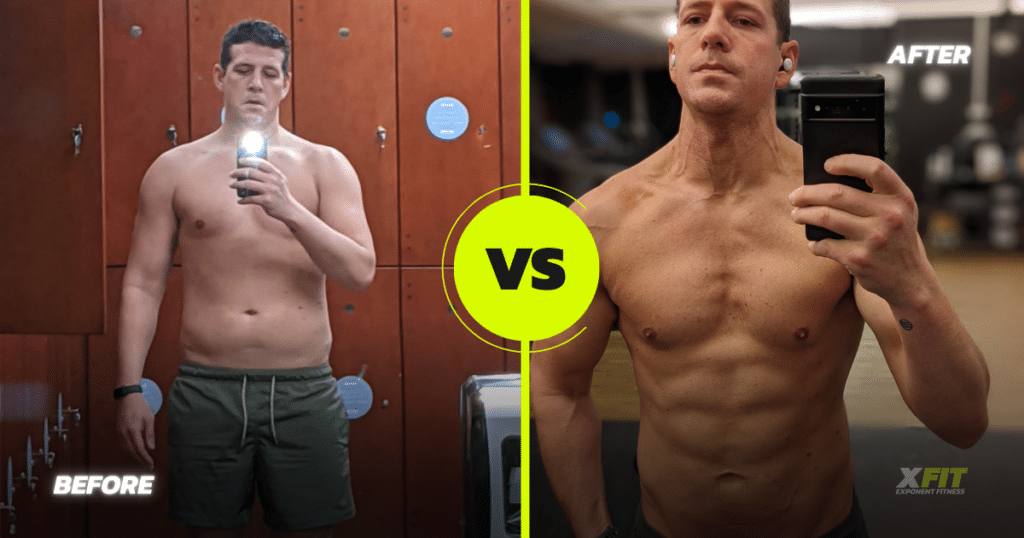Weightlifting, as we know it today, has undergone immense transformation over the years. Traditionally, the mantra “lift heavy or go home” dominated gyms worldwide. However, recent shifts in fitness science have challenged this notion, suggesting that muscle growth does not solely depend on heavy weights. For fitness enthusiasts and the weightlifting community, this revelation opens new avenues for achieving muscle hypertrophy. This post will explore the science behind building muscle with smaller weights, backed by studies, real-life examples, and practical tips to integrate lighter weights into your routine.
The Science Behind Muscle Growth
Understanding muscle growth, or muscle hypertrophy, is crucial to grasp how lighter weights can contribute to it. Muscle hypertrophy occurs when muscle fibers increase in size due to resistance training. This process primarily involves two types of hypertrophy:
Myofibrillar Hypertrophy
This type focuses on the growth of muscle contractile parts. It’s achieved through lifting heavy weights, which improves strength and density.
Sarcoplasmic Hypertrophy
Here, the growth happens in the sarcoplasm, the muscle cell’s fluid and energy storage part. It is typically associated with volume training and higher repetitions, which can be perfectly achieved with lighter weights.
In essence, both types of hypertrophy contribute to muscle growth, and understanding this balance is vital for optimizing your training regimen.
The Role of Progressive Overload
The concept of progressive overload is often misunderstood, especially when using lighter weights. Progressive overload involves gradually increasing the amount of stress placed on the muscles during training. This can be achieved through:
- Increasing Repetitions: Performing more repetitions with lighter weights can induce muscle fatigue and stimulate growth.
- Enhancing Time Under Tension: Slower, controlled movements with smaller weights increase the muscle’s time under tension, fostering hypertrophy.
- Enhancing Muscle Mind Connection: Focusing on the muscle being worked out during the exercise to maximize each repetition.
- Introducing Variations: Changing exercise angles and grips or incorporating resistance bands can add new challenges to your muscles.
By understanding and applying progressive overload with lighter weights, you can effectively stimulate muscle growth without relying solely on heavy lifting.
Benefits of Training with Smaller Weights
Training with smaller weights offers numerous benefits beyond muscle growth. These advantages make lighter-weight training an attractive option for many fitness enthusiasts, especially beginner to intermediate-level gym goers.
- Injury Prevention: Lighter weights reduce the risk of injuries associated with heavy lifting, making it a safer option, especially for beginners or those recovering from injuries.
- Enhanced Muscle Endurance: Light weight training improves muscular endurance, allowing you to perform daily activities with ease and less fatigue.
- Accessibility: Smaller weights are more accessible and portable, enabling effective workouts at home, outdoors, or while traveling.
Real-Life Examples
The effectiveness of building muscle with smaller weights is not just theoretical; numerous real-life examples and studies demonstrate its viability.
Success Stories

Fitness enthusiasts like Paul, who used lighter weights to lose weight and engage in volume training, reported significant muscle gains and improved overall fitness within six months.
I wanted to change my lifestyle, loose a ton of body fat and build an asthetic physique. Training with smaller weights allowed me to train harder, longer and focus on intensity while burning a ton of calories durring my sessions. Definately the way to go if you are going through a transformation like I did.
Paul M.
Scientific Studies
Several studies, cited by researchers at McMaster University, found that training with lighter weights at higher repetitions resulted in similar muscle growth as training with heavy weights at fewer repetitions.
Fitness Influencers
Social media influencers and trainers often share their success stories and routines using lighter weights, inspiring millions to explore this approach.
How to Incorporate Lighter Weights into Your Routine
Integrating lighter weights into your fitness routine requires a strategic approach. Here are practical tips to help you design an effective workout plan:
Plan Your Routine
Begin by selecting exercises that target all major muscle groups. These include compound movements like squats, lunges, and push-ups as well as isolation exercises like bicep curls and tricep extensions.
Focus on Form and Technique
Proper form is crucial when using lighter weights. Ensure each repetition is controlled and emphasizes the targeted muscle group.
Utilize Supersets and Circuits
Incorporate supersets (two exercises back-to-back) and circuits (a series of exercises performed sequentially) to keep your heart rate up and maximize muscle engagement.
Common Myths About Building Muscle with Smaller Weights
Despite the benefits, some common myths about using lighter weights to build muscle might deter individuals from trying it. Here, we debunk these myths.
Myth 1: “You can’t build significant muscle with smaller weights.”
Fact: Multiple studies and real-life success stories prove otherwise. Muscle growth is achievable with the right approach.
Myth 2: “Lightweight training is only for beginners.”
Fact: Advanced athletes and bodybuilders also use lighter weights to vary their routines and prevent plateaus.
Myth 3: “Lighter weights are not challenging enough.”
Fact: Incorporating techniques like increasing repetitions, enhancing time under tension, and introducing variations can make lightweight training challenging.
Find Out if Building Muscles Using Smaller Weights is Right for You
Building muscle with smaller weights is not just possible; it’s a highly effective approach that offers numerous benefits. You can achieve remarkable results by understanding the science behind muscle growth, leveraging progressive overload, and incorporating lighter weights into your routine. Remember, the key to success lies in consistency, proper technique, and a willingness to explore new methods.
If you’re ready to take your fitness journey to the next level, consider joining our community of fitness enthusiasts and weightlifters. Share your experiences, learn from others, and stay motivated as you work towards your goals.
Sign up for our free consultation with a fitness coach today for personalized guidance and expert advice on designing your workout plan. Let’s build a stronger, healthier you!



